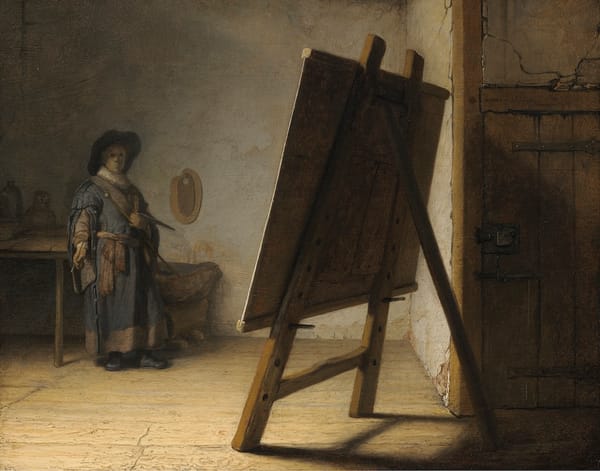Investing in Art: A Guide for Beginners
This guide helps beginners understand art investment, outlining its appeal and explaining primary and secondary markets. It provides tips on budgeting, research, and working with experts, along with advice on proper storage and insurance.

Art has long been a source of inspiration, beauty, and cultural reflection. Yet for many, it remains a mysterious realm, especially when it comes to investment. If you're new to the concept of investing in art, you might wonder where to start, what to look for, and how to navigate this unique market. This guide will demystify the world of art investment, offering insights and practical advice for beginners.
Why Invest in Art?
Investing in art can be a compelling way to diversify your portfolio, adding a tangible asset that has the potential to appreciate over time. Unlike stocks or bonds, art is a physical object that can be enjoyed and displayed, contributing to the ambiance of your home or office. But beyond aesthetics, art can also be a valuable financial asset.
Art investments can sometimes hold their value during economic downturns, as the art market is often less volatile than traditional financial markets. This stability, coupled with the potential for high returns, makes art an attractive investment option. Additionally, art can offer tax benefits in certain jurisdictions, such as exemptions on capital gains. However, it's important to remember that investing in art carries risks, and success often requires careful research and a long-term perspective.
Understanding the Art Market
The art market is a complex ecosystem, encompassing a wide range of artists, styles, and mediums. To invest wisely, you must first understand its various components.
- Primary vs. Secondary Markets: The primary market involves art sold directly from artists or galleries, often at lower prices but with higher risk, as emerging artists might not gain lasting recognition. The secondary market includes resale through auctions or private collectors, typically offering more established and pricier works. Each market has its own dynamics, and knowing the differences can help you make informed investment choices.
- Styles and Mediums: Art comes in many forms, from classic oil paintings to contemporary sculptures, abstract photography, and more. Explore different styles and mediums to discover what resonates with you. This understanding will not only guide your investment decisions but also enhance your appreciation of art as a whole.
Tips for Investing in Art
To help you navigate the art market and make wise investment decisions, here are some essential tips:
- Research and Education: Investing in art requires a commitment to learning. Visit galleries, attend art fairs, and read art publications to stay informed about trends and emerging artists. Following auction results can also provide insights into the market's interest in specific artists or styles.
- Establish a Budget: Determine how much you're willing to invest in art, keeping in mind both your financial goals and your passion for art. Investing in art should be part of a broader diversified portfolio, and you should avoid overcommitting to a single asset.
- Buy What You Love: Art investment should be about passion as much as profit. Choose pieces that resonate with you, ensuring you enjoy your investment even if its financial value doesn't meet expectations. This approach fosters a deeper connection to your collection.
- Work with Experts: Consider consulting art advisors or experts to guide your investment journey. They can help you identify promising artists, evaluate pieces, and navigate the complexities of the art market. Their expertise can be invaluable, especially for beginners.
- Consider Emerging Artists: While established artists may offer more security, emerging artists can present unique opportunities. Look for artists with distinctive styles and a growing reputation. Investing in emerging talent can yield significant returns if they gain recognition.
Storing and Protecting Your Art
Investing in art also means taking steps to protect and maintain your collection. Here are some key considerations:
- Climate Control: Art should be stored in a controlled environment with stable temperature and humidity levels to prevent damage. Avoid exposure to direct sunlight and extreme temperatures.
- Insurance: Insuring your art collection is crucial to protect against theft, damage, or loss. Ensure your insurance policy covers the full value of your collection and provides adequate coverage for different risks.
- Regular Maintenance: Schedule regular inspections and cleanings to ensure your art stays in excellent condition. This routine care can preserve the value and longevity of your investment.
Conclusion
Investing in art can be a rewarding and potentially profitable endeavor. By understanding the art market, conducting thorough research, and following these tips, you can make informed decisions that align with your interests and financial goals. Whether you're drawn to the works of established masters or the vibrant creations of emerging artists, there's a world of art waiting to be explored, appreciated, and enjoyed. With careful planning and a passion for art, you can embark on a journey that enriches both your life and your portfolio.





